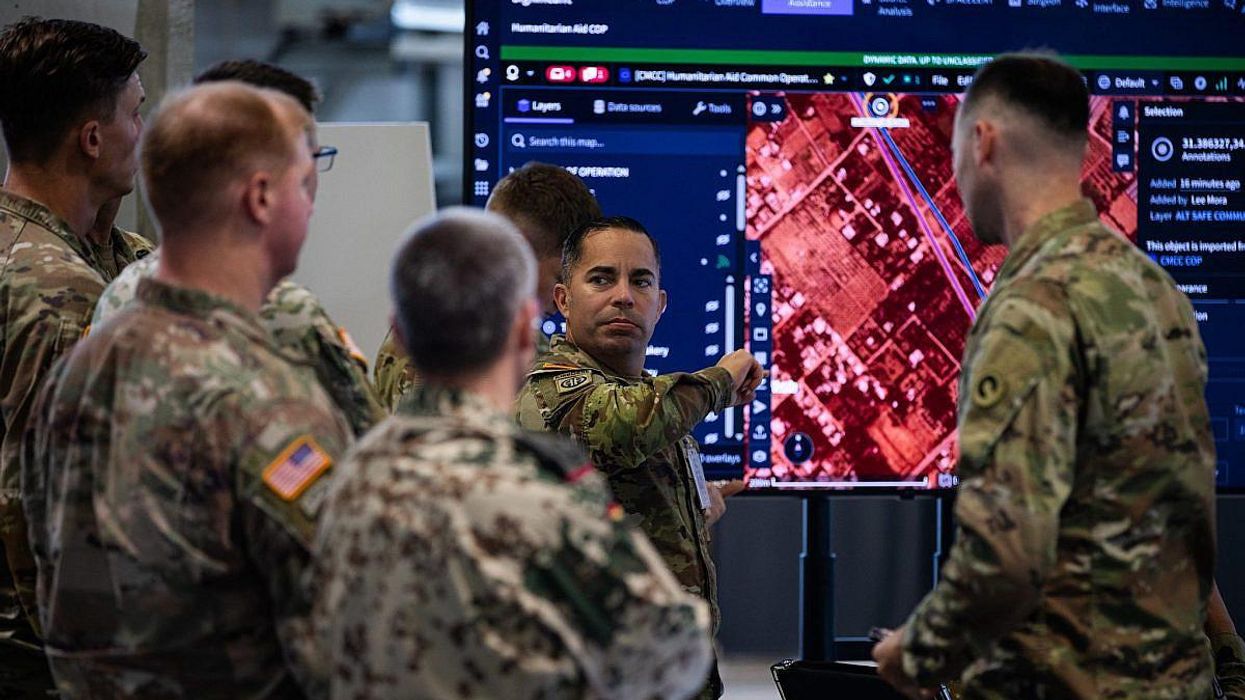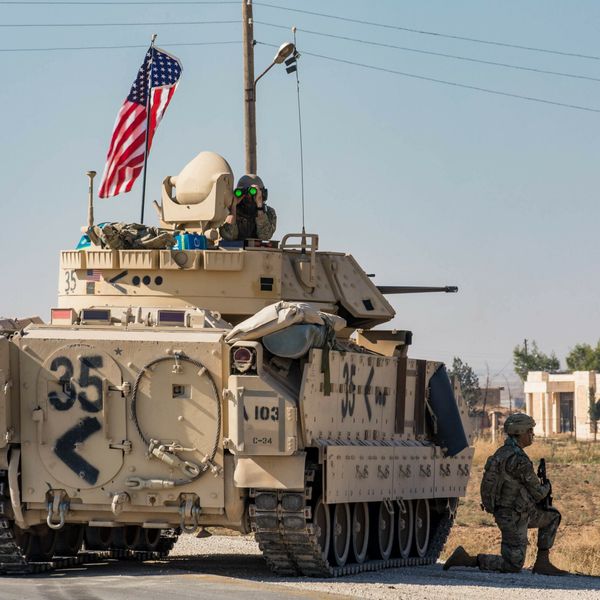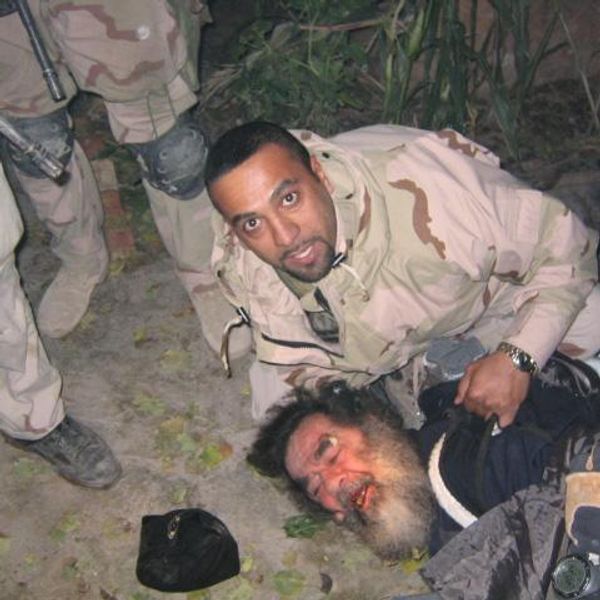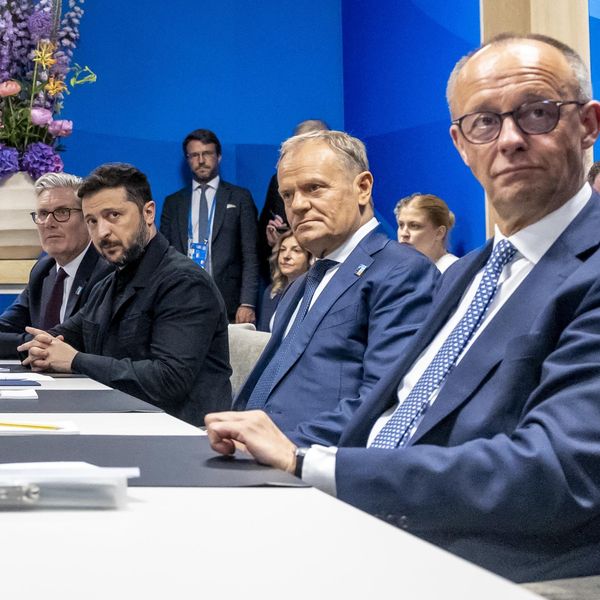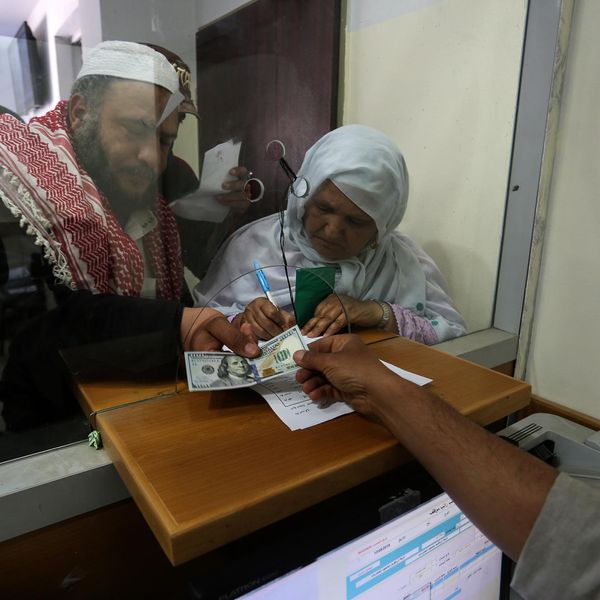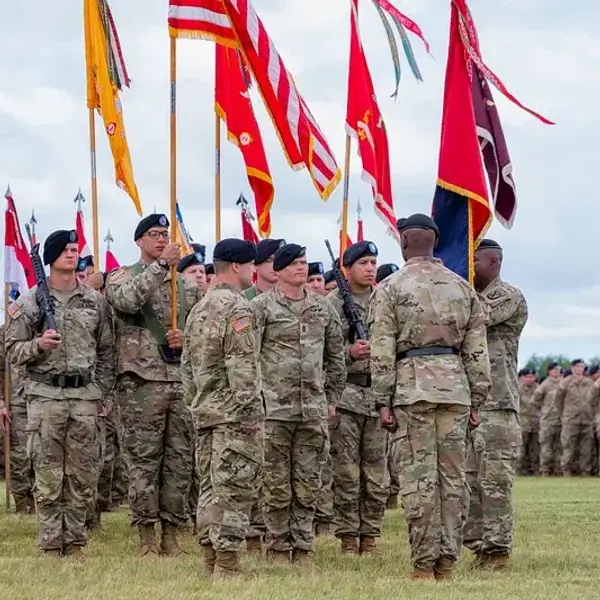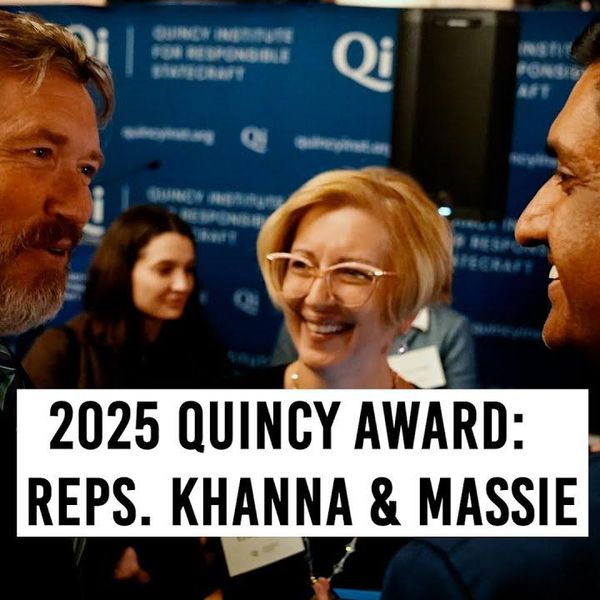The rapid escalation in tensions between the U.S. and Iran has obviously affected the calculations of Tehran’s southern and western neighbors, notably Iraq. But much less attention has been paid to the implications for Iran’s eastern neighbors, who also have a lot at stake in preventing a major new conflict on their borders.
Q) What are the implications of the escalation in U.S.-Iran tensions for Afghanistan and for peace talks between the U.S. and the Taliban?
A) No country is more vulnerable to a U.S.-Iran conflict than Afghanistan. The consequences for Kabul could exceed every expectation. Here I am not talking about Iran potentially intensifying its support for armed groups such as the Taliban. The more urgent issue has to do with Afghanistan’s already sick economy and the impact that a military confrontation could have on the daily lives of the Afghan people.
The Iranian government has frequently threatened to deport Afghan refugees living in Iran. As the tension between Iran and the U.S. increases, Iran is putting more pressure on those refugees, especially those who are undocumented. There is no accurate number of returnees, but due to the deteriorating security in Afghanistan, a large number of those who are deported will try to reenter Iran. In the process of being deported and attempting to return to Iran, these people could lose everything.
My point is that deportation could be a more effective means for Tehran to influence events in Afghanistan than pushing Afghanistan into a full-scale civil war by arming insurgent groups.
Q) How much influence does Iran have on the Taliban?
A) It is important to note that the Taliban are not Iran’s proxies. Both Iran and the Taliban have assisted one other, but they don’t have unlimited influence on each other either. Let me explain. Iran and the Taliban have no ideological or religious commonalities. While the Taliban follow the Hanafi school of Sunni Muslim jurisprudence, Iran is a majority Shia and Shia-centric country. Iranians weren’t happy when the Taliban seized power in Afghanistan in 1996, and almost went to war with Afghanistan in 1998 when Iranian diplomats were killed in the Afghan city of Mazar-i-Sharif.
However, even while the Taliban were in control Iran tried to maintain a presence in Afghanistan. But the Taliban didn’t show any interest in having relations with Tehran. Their conflict escalated in 1998, when the Taliban closed the sluices to the Kajaki Dam, which blocked the flow of the Helmand River into Iran. This led to a serious environmental catastrophe in the region. Afghan authorities only restored the river’s natural flow in 2002, after the U.S. invasion had ousted the Taliban from power. Tehran was heavily involved in the formation of the post-Taliban government and helped anonymously in the reconstruction of Afghanistan.
Q) Why did Iran start aiding the Taliban?
A) Things changed when Iran began to suspect that the United States was planning to use Afghanistan as a base from which to attack Iran. George W. Bush’s “Axis of Evil” speech was presumed by Iranian officials as confirmation that the U.S. was planning an attack. Iran began using its broad network in Afghanistan (built in part when Iranian authorities aided Afghan warlords during the Soviet occupation of Afghanistan) to give the U.S. “occupying forces” a hard time, and it was at this point that the idea of aiding the Taliban began gaining support in Tehran. Iran provided explosives and other materials to insurgents, with the goal of making it very hard for the U.S. to use Afghanistan as a base to attack Iran but without destabilizing Afghanistan.
Q) What role, if any, has the presence of the Islamic State Khurasan Province (IS-K) played in affecting Iranian policy toward Afghanistan?
A) IS-K’s rise in Afghanistan put Iran on alert and changed its calculations. Now Iran had to oppose the U.S. presence in Afghanistan on one side, but try to prevent IS-K from filling the vacuum that would form in the event of a U.S. withdrawal. This led Tehran to become more actively and openly involved with the Taliban, with the Afghan government’s knowledge.
Q) How have peace talks between the Taliban and the U.S. affected Iranian behavior?
A) The Iranian government has watched the entire peace process very closely. They don’t want the U.S. to succeed in this process and emerge as “peacemaker.” At the same time, they don’t want Afghanistan to collapse into total chaos and they certainly don’t want a complete return of the Taliban or, worse, a stronger IS-K presence. They want to be part of any peace process or any lasting accord with the Taliban.
Q) But shouldn’t Iran be part of any peace talks anyway?
A) Yes, they should be, as a major regional player and as a neighbor that has been and continues to be impacted directly and heavily by the conflict in Afghanistan. In fact, there can be no lasting peace in Afghanistan without regional consensus, and Iran is a very important part of the region.
Q) Could the Iranians direct the Taliban to attack American forces should their tensions with the U.S. escalate to armed conflict?
A) Iran’s influence over the Taliban is very limited — the Taliban is not an Iranian proxy. The Taliban is also not a unified or centralized organization, so the notion that Tehran could direct it to act on Iran’s behalf is fundamentally flawed. The Taliban-Iran relationship is a game where it’s not clear who is using who. Iran cannot view the Taliban as a reliable partner. Their use of the Taliban is limited to harassing U.S. forces in Afghanistan for whatever time remains until those forces are withdrawn. If, or when, those U.S. forces leave Afghanistan, Iran’s approach toward the Taliban will change. They could become foes again, or they could remain allies of convenience against common enemies like IS-K.
Q) How much support Iran could get from Afghanistan’s Hazara community in case of a confrontation between Iran and the U.S.?
A) Most Hazara are Shia. However, despite their religious affinity with the Islamic Republic of Iran, Hazara are not blind followers of Iran’s theocratic political system. A large number of Afghan Shia live in Iran, and although tens of thousands of them have been deployed to Syria by the IRI, they should never be considered Iran’s proxies. Indeed, their shared religion has not protected Hazara in Iran from broad discrimination. As a community, they will suffer more than anybody else if there is a war between the U.S. and Iran.
Q) What about Iran’s other eastern neighbor, Pakistan?
A) The Pakistan-Iran relationship has suffered greatly in recent years, partly due to Iran-U.S. tensions. These two neighbors shared control of a very volatile region, Baluchistan, that is prone to insurgencies. Tehran and Islamabad have traded accusations over the cause of the armed insurgencies operating on either side of their border. The Iranian government has suggested that at least some elements within Pakistan’s Inter-Service Intelligence agency, supported by Saudi Arabia, have been behind insurgencies in Iran. The Pakistani government, in turn, has accused Iran of tolerating groups that have carried out terrorist attacks in Pakistan.
Furthermore, Pakistan has come under considerable pressure from the Saudis and the U.S. to distance itself from Iran. Economic advantages that both countries could have enjoyed — in particular the so-called "Peace Pipeline” that would have shipped Iranian natural gas to Pakistan — have been squandered due to their poor relationship.
Leaders in both Tehran and Islamabad seem to understand how much they need each other, especially under current circumstances. However, the state of Pakistan’s economy and its internal politics do not leave room for Pakistan to resist outside pressures. This reflects a new phenomenon in international affairs — the use of debt and economic weakness as leverage to impose pressure on countries and influence their foreign policies. This is happening in many places, especially in South and Central Asia.
Now Pakistan is in a very difficult position. Following the assassination of Iranian Quds Force commander Qassem Soleimani, Pakistani Foreign Minister Shah Mehmood Qureshi stated that his country will not take sides in any confrontation between Iran and the U.S. He went on to say that “Pakistan’s soil will not be used against any other state, and nor will Pakistan become a part of this regional conflict.”
Q) Hasn’t Iran recruited Pakistani Shia to fight in Syria? Should the Pakistani government be concerned that its Shia population might feel an affinity toward Iran?
A) Iranian-Pakistani relations have never been defined by religion. It is true that Shia make up 20-30 percent of the Pakistani population, but it is noteworthy that they are not followers of Iran’s model of theocracy. Iran recruited both Pakistani and Afghan Shia volunteers to fight in militias in Syria — the Afghan Fatemiyoun Brigade and the Pakistani Zainebiyoun Brigade. Their recruits volunteered either based on ideological conviction or on the economic benefits that were offered to them. Most were recruited from migrant communities in Iran and some directly from their respective countries.
If the question is whether Iran has the means and power to recruit Pakistani Shia to fight against their own government, the answer is almost certainly no. Pakistani, Afghan, and Indian Shia aren’t necessarily fans of Iran’s model of governance.
The more important reason why Pakistan would object to a military confrontation between Iran and the U.S. is that no country in the region could escape the consequences of such a war. The region is filled with wars and destruction, and there is no desire for any new military confrontation.
Q) Pakistan has clearly tried to put itself forward as a possible mediator both between the U.S. and Iran and (more theoretically) between the Saudis and Iran. Has it made any progress in that regard?
A) Pakistani Prime Minister Imran Khan knows his limits, and I think Pakistanis have no illusion how much power they have to act as mediator in a very complex environment. For one thing, Khan’s government is in trouble, facing economic and political challenges. The opposition calls his attempts to mediate “meddling” in issues that are not related to Pakistan. Others blame him for wasting too much energy on a complicated matter that doesn’t have a solution on the horizon, and some accuse him of taking attention away from Kashmir.
However, in my opinion, Khan’s efforts are positive even if they do not bear fruit right away. It is good both for Pakistan’s image abroad and Khan’s image inside Pakistan to be active on the world stage, and there is a chance that Pakistan’s efforts could at least contribute to easing tensions.
Q) Is the mediation effort more complicated now than it was before the recent Iran-U.S. confrontations?
A) Yes. But it could also be considered more needed than ever before.
Any effort is better than giving up entirely. It is a challenging and a very dangerous situation, but my hope is that reasonable voices in both countries will realize soon that military power cannot bring real security to the region.


